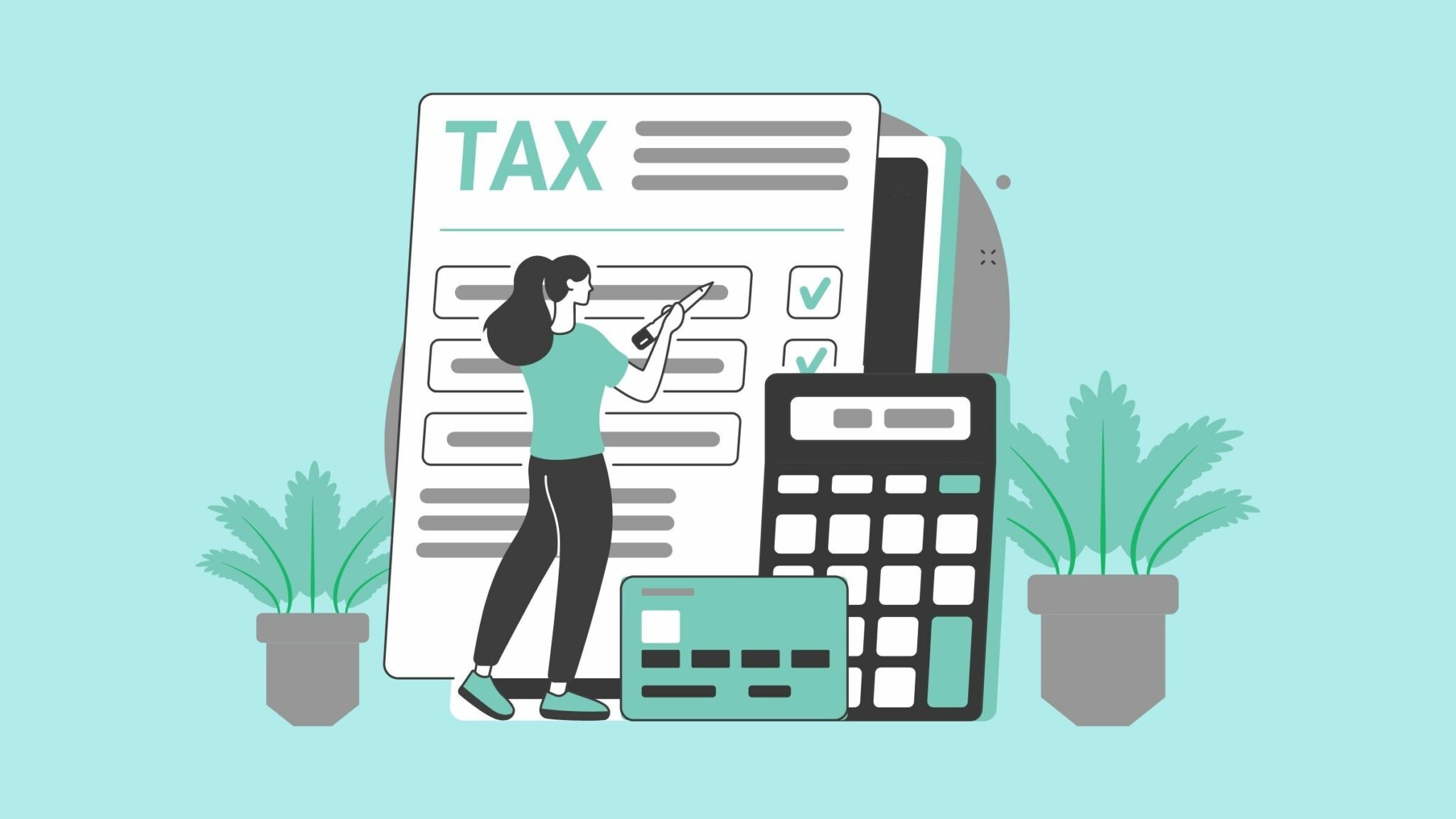This is part of a new series on taxation for investors in India by Sandeep Koonaparaju. Sandeep is a practicing Chartered Accountant based out of Bangalore. His area of expertise and interest is Taxation. He can be reached at sandeep.vvc98 [at] gmail.com.
Introduction
AIF (Alternate Investment Funds) and PMS (Portfolio Management Services) are two investment options available to HNIs where the funds are managed by a third party fund manager. While there are quite a few differences between these two investment options such as the minimum investment needed (1 Crore for AIF and 50 Lakhs for PMS), regulatory environment, legal structure etc, the purpose of this article is to explain the differences pertaining to taxation and how that impacts you as an investor should you choose to invest in one of the two options.
Alternate Investment Funds (AIFs)
AIFs are categorised based on their investment strategy. The three categories of AIFs are:
Category I (CAT1)
CAT 1 Funds invest in start-up or early stage ventures. This can also extend to social ventures or SMEs or infrastructure or other sectors or areas which the government or regulators consider as socially or economically desirable.
Category II (CAT II)
Funds which do not fall under CAT I and CAT III, do not undertake leverage or borrowing will be CAT II funds.
Eg. Funds investing in Debt and so on.
Category III (CAT III)
Funds which employ diverse or complex trading strategies. They may use leverage through listed or unlisted derivatives, and buy stocks or other allowed assets.
Taxation of AIFs
As an investor in an AIF, you will need to consider how your returns are taxed.
Two factors impact the taxation of an AIF predominantly:
- Classification of the fund into one of the 3 categories and
- Legal form of the fund. SEBI regulations permit an AIF to be set up in the form of a trust, or a company, or a limited liability partnership or a body corporate.
CAT I and CAT II funds
Funds set up as CAT I or CAT II are accorded pass-through status for the purpose of taxation. This means, any income/loss generated from the investments made by these funds is taxed/allowed in the hands of the unit holder as if the investments were made directly by the unit holder himself.
This means that there’s no tax at the fund level. If the fund invests in a start-up and then sells it at a high price, the gain made is yours, and you will need to pay tax on it.
Exception to the above rule:
If income of the fund includes business income then such income is not permitted to be passed through to the unit holders and the fund pays tax on such income. The rate of tax depends on the legal form of the fund – a Company pays 25%+Surcharge (as of 2020 and subject to turnover rules), an LLP pays 30% + surcharge, and a Trust is taxed based on income slabs at the maximum marginal rate.
Funds are generally set up as trusts for operational convenience. Tax rules pertaining to CAT I and II funds is summarised in the table below:
CAT III Funds
Unlike CAT I and II funds, CAT III Funds have not been accorded pass through status. So all income made by a CAT III fund will be taxed at the fund level itself. The rate of tax, again, depends on the legal form of the fund (Company, LLP, trust etc…). Tax rules related to trust taxation are relatively more complex compared to other forms such as Company or LLP. The table below, explains the tax rules applicable to a CAT III Alternate Investment Fund set up as a trust under different scenarios.
What is Maximum Marginal Rate of Tax (MMR)? :
MMR is the rate of income tax applicable in relation to the highest slab of income for an Individual. Since the tax rates vary depending on the nature of income, MMR is also different for different types of income.
A CAT III fund typically has four types of income
- Business income
- Short Term Capital gains
- Long Term Capital Gains
- Dividend income.
The rate at which a CAT III fund pays tax on each of these types of income is explained in the table below (rates mentioned are the latest rates enacted through finance act 2020)
However, note that a Category III AIF must segregate its investments into capital gains and business income by maintaining separate books of accounts for them. This means that if a Cat III AIF has two separate accounts (brokerage, demat and accounting books) for investments versus trading, the investment part will be treated as capital gains while trading accounts will be business income.
Portfolio Management Services
An investor in PMS owns the shares/securities in his/her personal capacity. An AIF is different. Here the investor owns units of the fund and not the shares/securities in which the fund invests money. The difference is that voting rights on the shares will rest with the AIF manager. (In a PMS, the investor has the voting rights, not the manager)
This is something an investor needs to be aware of, if the investor is prohibited/restricted from trading in certain shares due to conflict of interest or other reasons. Clear instructions should be provided to the PMS manager. All regulatory risks/compliances related to stock trading and investments rests with the investor.
From a tax perspective, an investor pays tax at the slab rate applicable to his level of income. This is where PMS could be considered more tax friendly vis-a-vis AIF. For example, if an investor in PMS earns Long Term Capital Gains on equity shares of INR 50,000 it is tax free for the investor as the gain does not exceed the limit of one lakh rupees. An AIF, however, pays tax on such gains at 11.96% (MMR for long term capital gains on equity).
Additionally, the PMS manager’s actions reflect on you as the owner of the account. If the Fund does something that is not tax friendly then scrutiny comes on you not on the PMS Manager. People who bought small cap stocks that sold at profit are receiving notices. PMS likely won’t give you cash to pay for the taxes. You pay it from your other funds.
Taxation and Organisational Snafus
There are some interesting instances that create complexity for AIF investors. For example:
- If you structure a CAT III AIF as a company, you cannot easily return money to investors. Dividends are taxed in the investors hands even after the company pays tax. So while a company pays 25% tax on business income, a further tax on dividends or on buybacks takes the effective tax rate to 40%+. Also, to issue new “shares” to new investors you must issue a memorandum and get approval of existing shareholders, which can be expensive and time consuming.
- If you make it an LLP, the tax rate is only 35% at the highest, which is better than a trust. However to add more investors to an LLP, you again need to amend the LLP agreement, which needs every single existing investor to agree. This is not in the best interest of the LLP manager.
- If you create a trust, taxation on business income can go to 42%+. This is complex in “long-short” strategies, where the short part of the play is managed using derivatives. Derivatives create business income, which is then taxed at a very high rate. However Trusts can issue new “units” to investors without needing approval from current investors, which gives it a large amount of flexibility.
Taxation for AIFs as a trust is very high compared to other forms of organizations, but because of the ease of introducing new investors into the trust, it remains the most preferred vehicle. On the other hand, taxation of income from PMS is fairly straightforward and is not affected by the legal structure of the PMS.
There is a need to simplify the tax structure and make everything a single concept – derivatives or stocks. Additionally, CAT III AIFs should be passed through to investors on the subject of taxation. However, until that happens, the taxation of AIFs remains a strong reason why you, as an AIF investor, will need to be sure how much your AIF really made for you. A 15% return which takes a 42% hit is effectively a 8% return for you.
We hope this helps clarify the taxation on AIFs and the impact on investors.
Looking for a PMS to manage your investments? Here’s all there is to know about Capitalmind PMS







